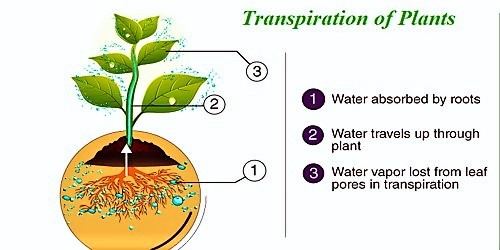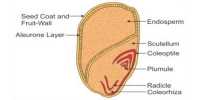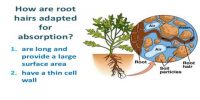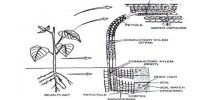Transpiration: The physiological process by which the excess water is lost from the living tissues of plants in the form of vapor is called transpiration. It is the procedure in which plants discharge the water inside it in the form of moisture or water vapor. Parts of plants like stems, small pores on leaves, flowers evaporate the water to the atmosphere.
Principally, Transpiration is the procedure in which water is evaporated in the atmosphere from plant leaves and other parts. It is the procedure by which water vapor leaves the plant and enters the atmosphere.
Types: On the basis of the passages through which plants give out water in the form of vapor transpiration is of three types:
- Stomatal transpiration
- Cuticular transpiration
- Lenticular transpiration
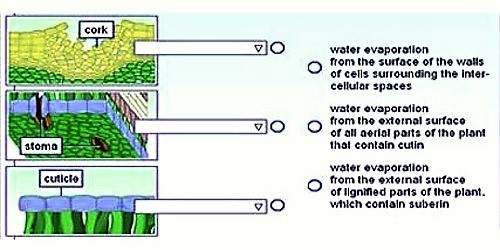
- Stomatal transpiration
Transpiration that occurs through stomata called stomatal transpiration. Water vapor diffuses out through minute pore (stomata) present in soft aerial part of the plant is known as Stomatal Transpiration. This type of transpiration only occurs in its presence of sunlight (in daytime). Because stomata open in the presence of sunlight and close in the darkness. Liquid water is first absorbed by the plant through its roots from the soil. Either at the surfaces of the mesophyll cells or of the epidermal cells closes to stomata, liquid water is converted to water vapor. It then escapes through the stomatal pore at the time when it is open to allow entry of CO2 and release of O2.
In this method plants give out 80-90% water in the form of vapor. Of the total water loosed, near about 85 – 90% of water loosed by the stomatal transpiration.
- Cuticular transpiration
Transpiration that occurs through the cuticle or cracks of thin cuticle layer of leaves and stems is said to be cuticular transpiration. This type of transpiration is responsible for the loss of water in plants via the cuticle. This is a day-night process. In this process, 5-10 % of water is given out in the form of vapor. Water vapor straight diffuses through the cuticle on leaves and herbaceous stems and escapes to the atmosphere.
Loss of water might also take place through the cuticle, but the amount so lost is comparatively small and makeup only about 5 to 10 percent of the whole transpiration. This type of transpiration depends upon the thickness of the cuticle and presence or absence of a wax coating on the surface of the leaves.
Lenticular transpiration
This type of transpiration is the loss of water from plants as vapor through the lenticels. Sometimes transpiration occurs through lenticels, the small opening in the corky tissue covering stems and twigs, and this type of transpiration is said to be the lenticular transpiration. Sometimes water may evaporate through certain other openings present on the older stems. These openings are called
Lenticels and the transpiration that takes place through term is known as Lenticular Transpiration. The lenticels are tiny openings that protrude from the barks in woody stems and twigs as well as in other plant organs. In this process, only 0.1% of water is given off of the forms of vapor.
Factors affecting Transpiration
- Climatic factors like temperature, humidity, wind speed, etc.
- Plant factors like the number and distribution of stomata.
- Percent of open stomata.
- Water status of the plant.
Effect of Transpiration on Plants:
- The leaves of plants stay exposed to solar emission throughout the day. As a result the thermal energy of the plant’s increases, which results in higher temperature conditions.
- Transpiration leads to cooling, which saves the plants from greatly high temperature.
- Transpiration is also involved in the transport of necessary nutrients from the soil to plant tissues where the nutrients enter into the photosynthetic processes.
- Leaves also absorb visible and invisible radiations of the Sun and get heated up. The water vaporizers and is given out in the atmosphere.
